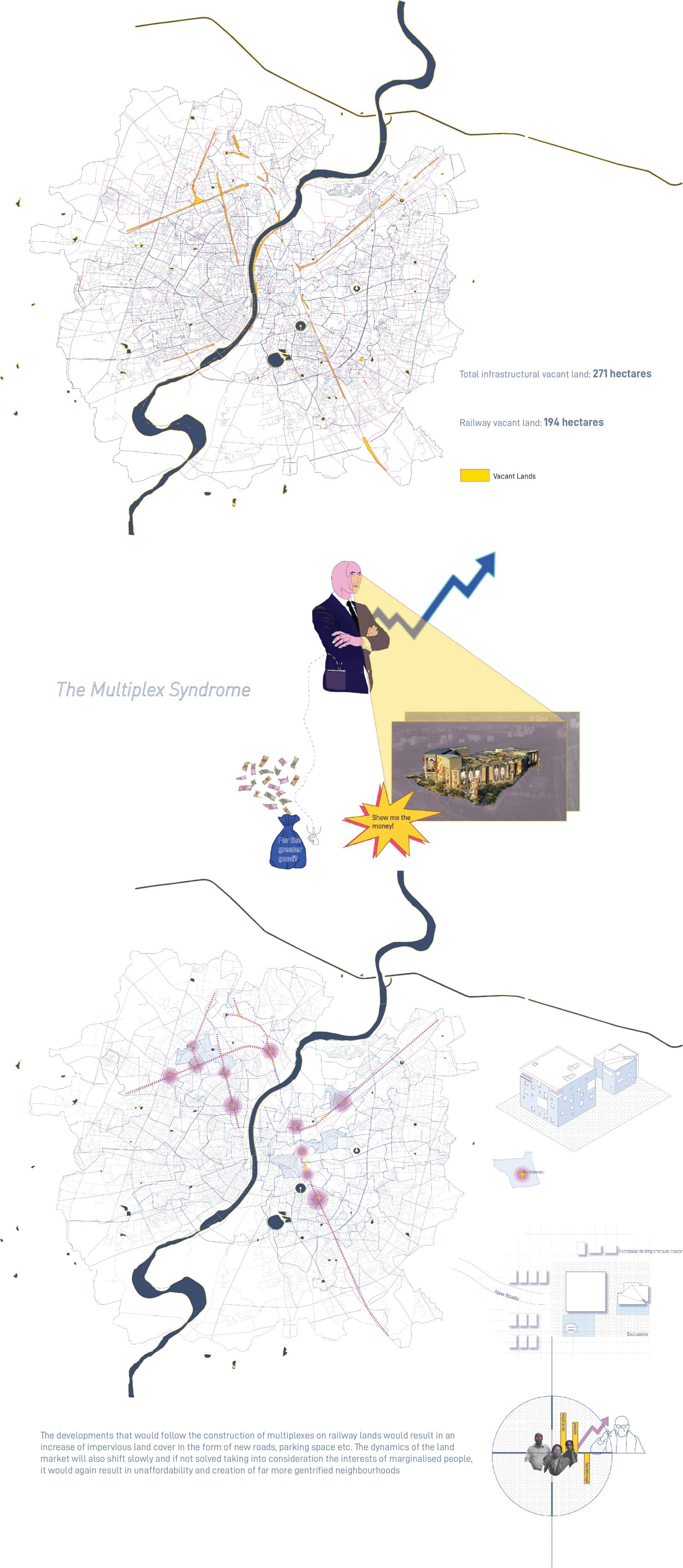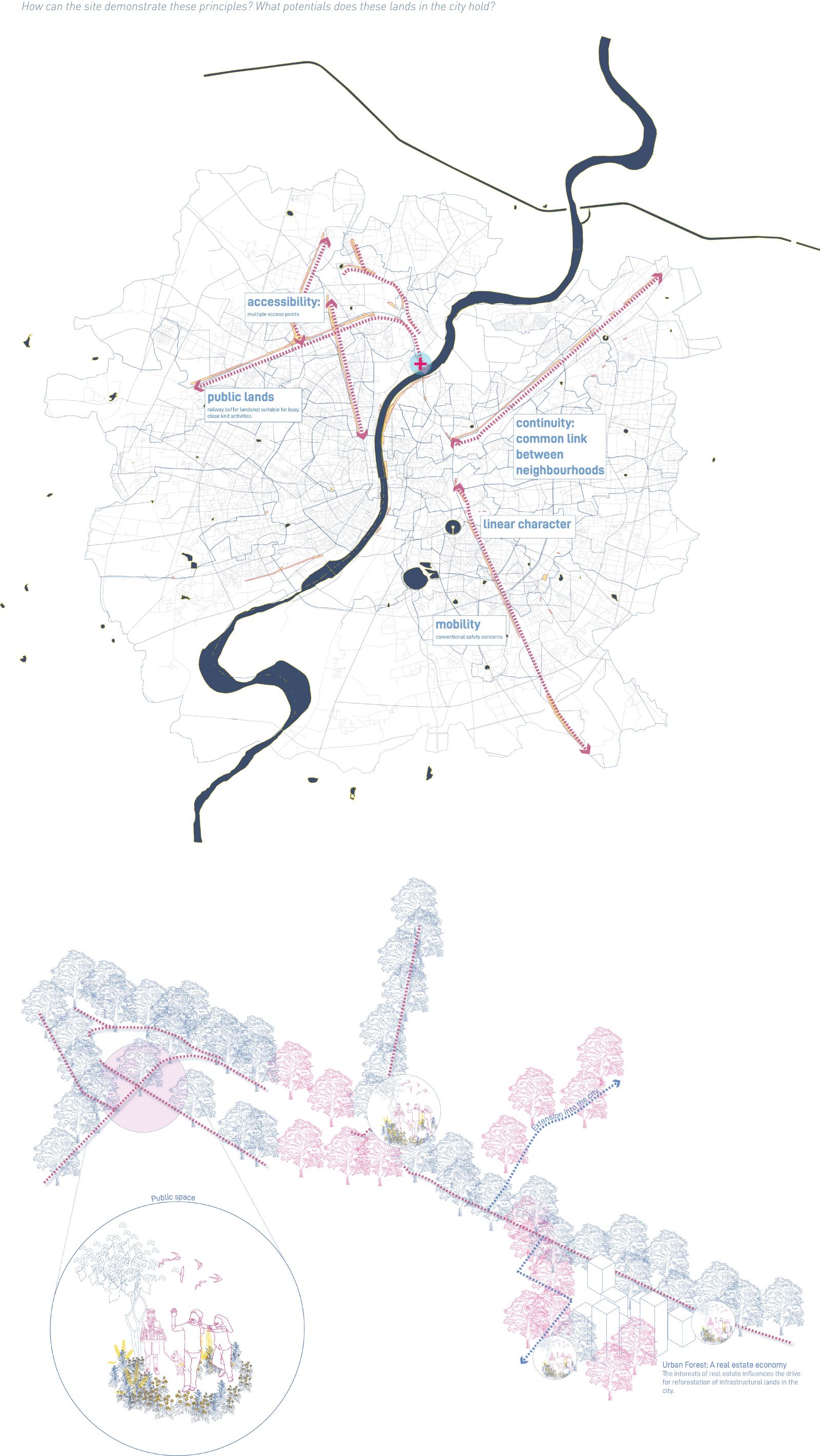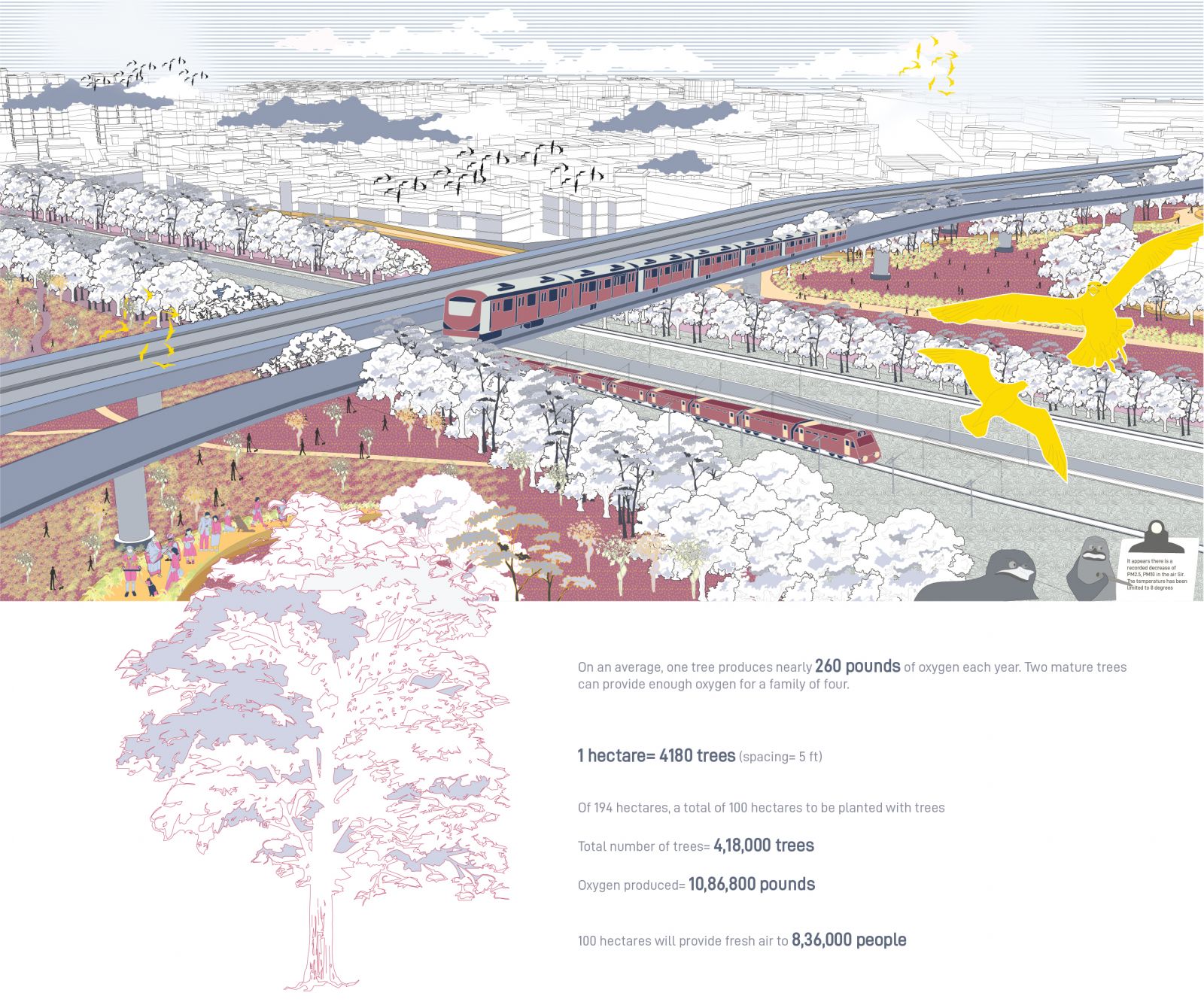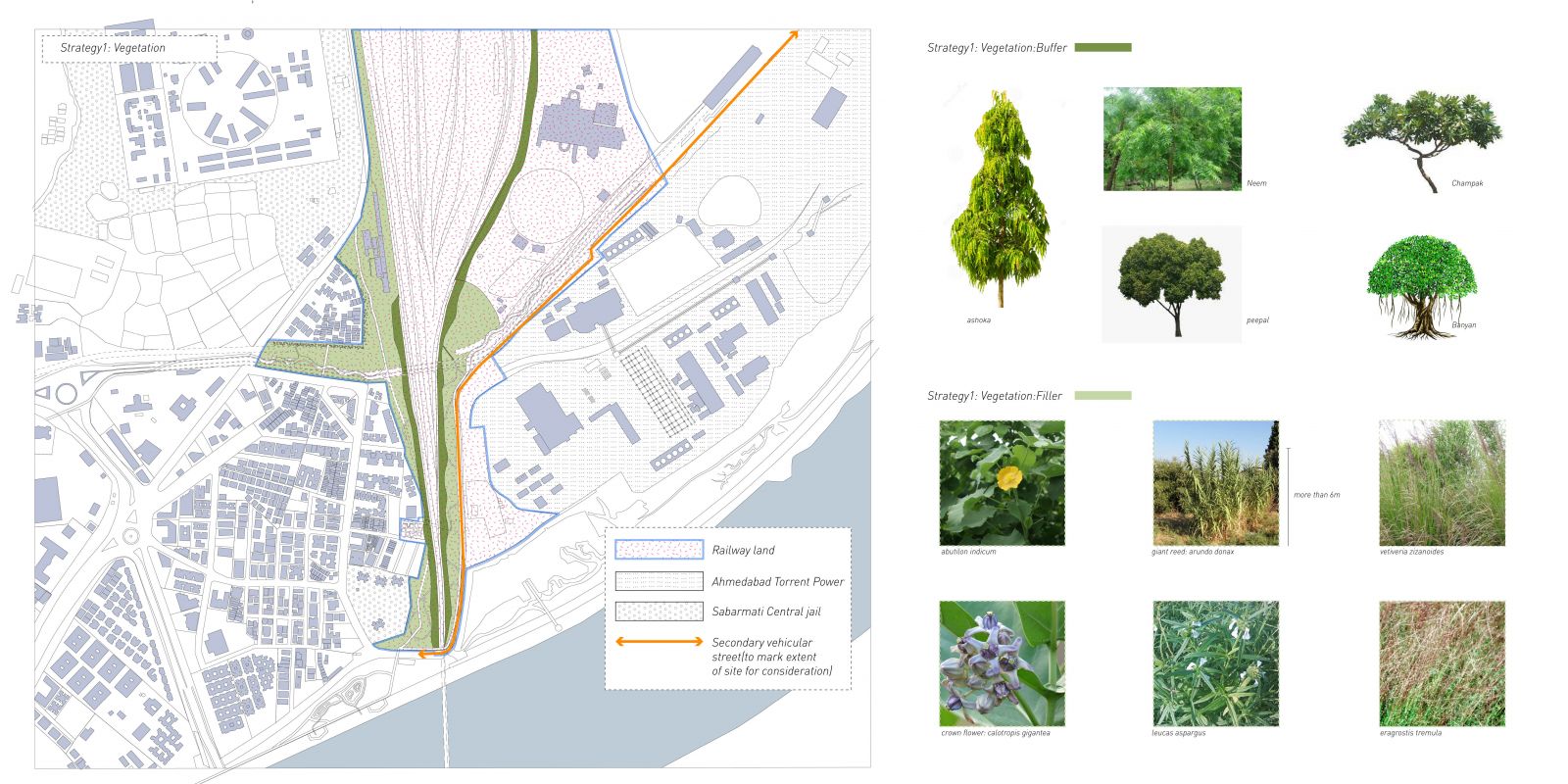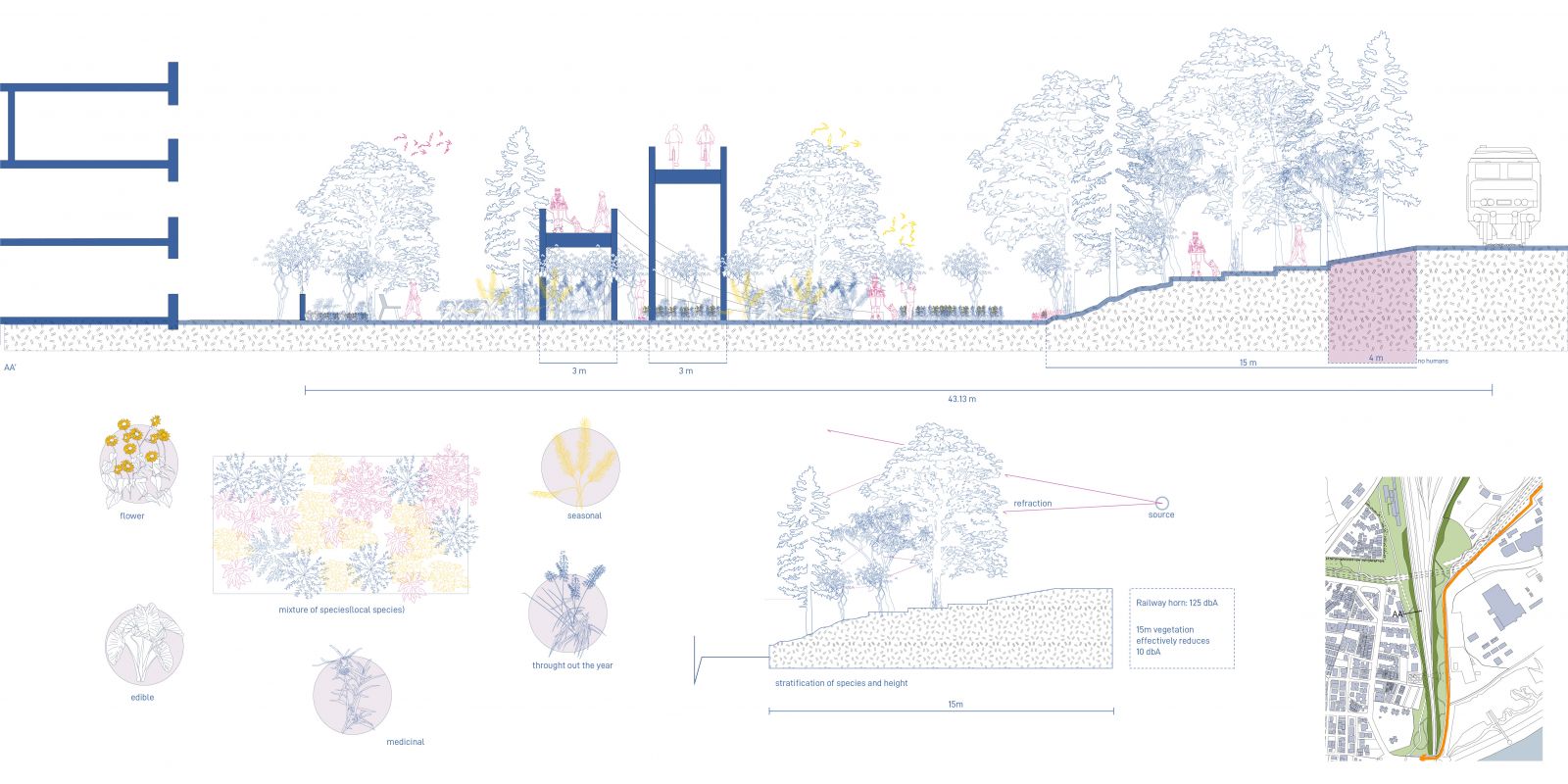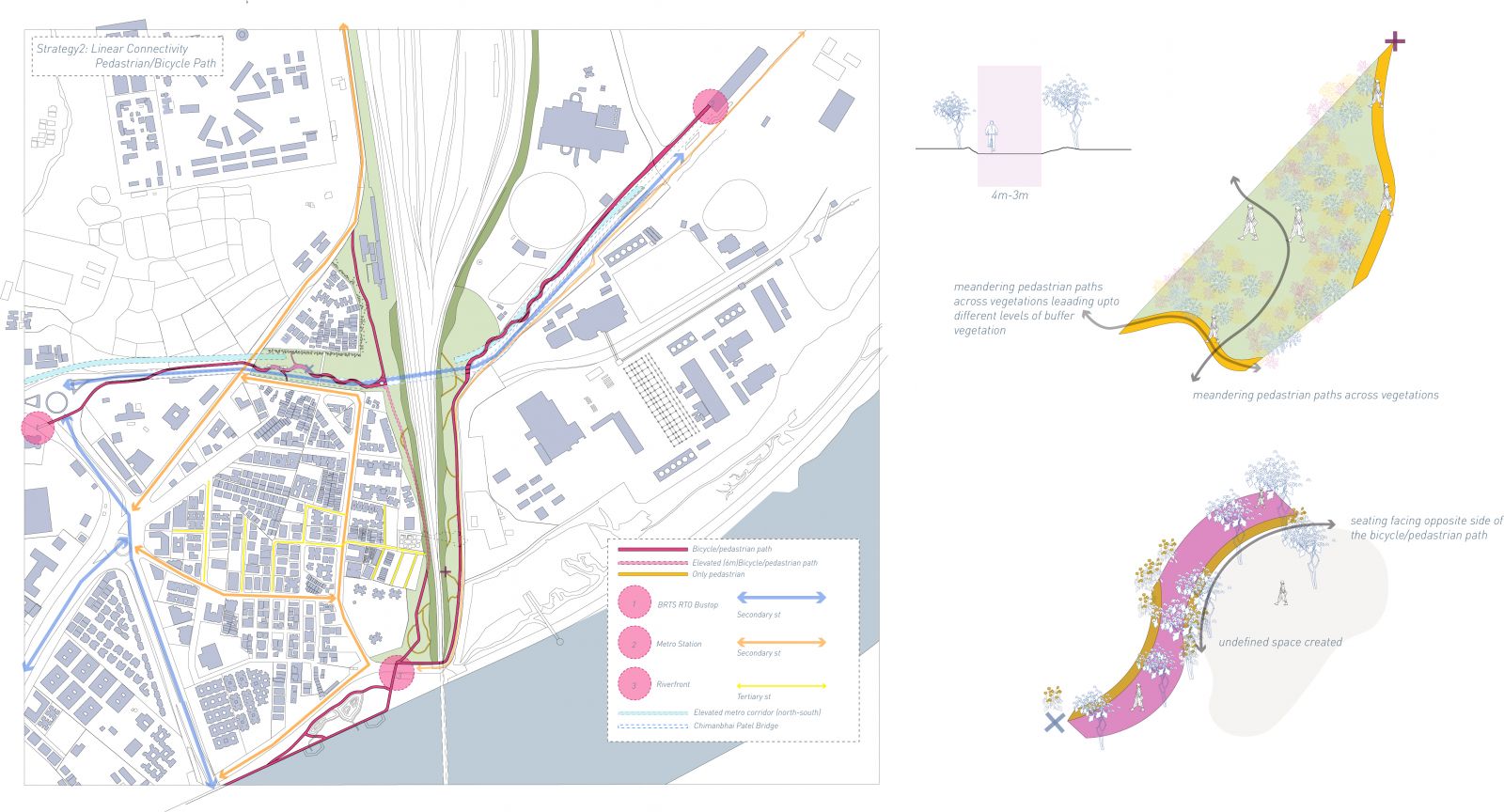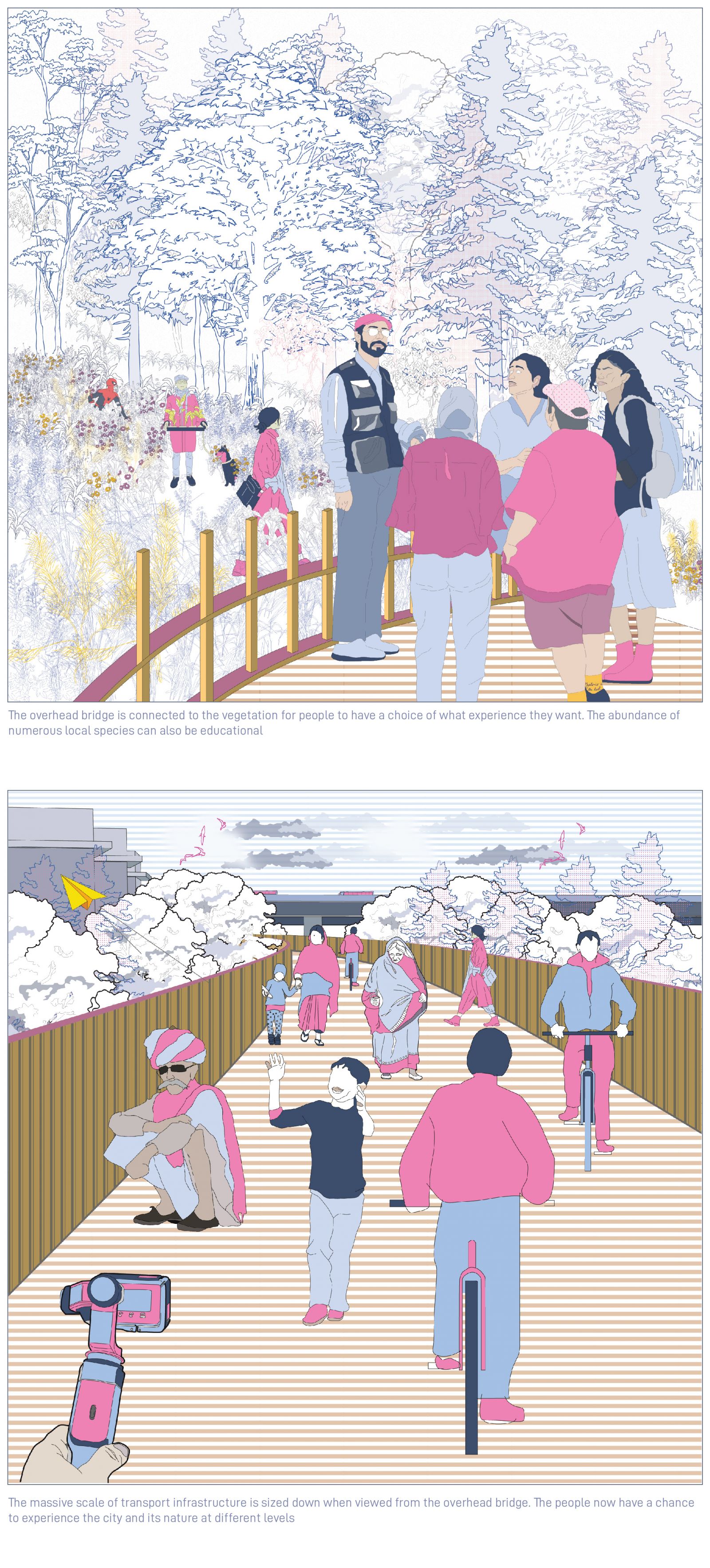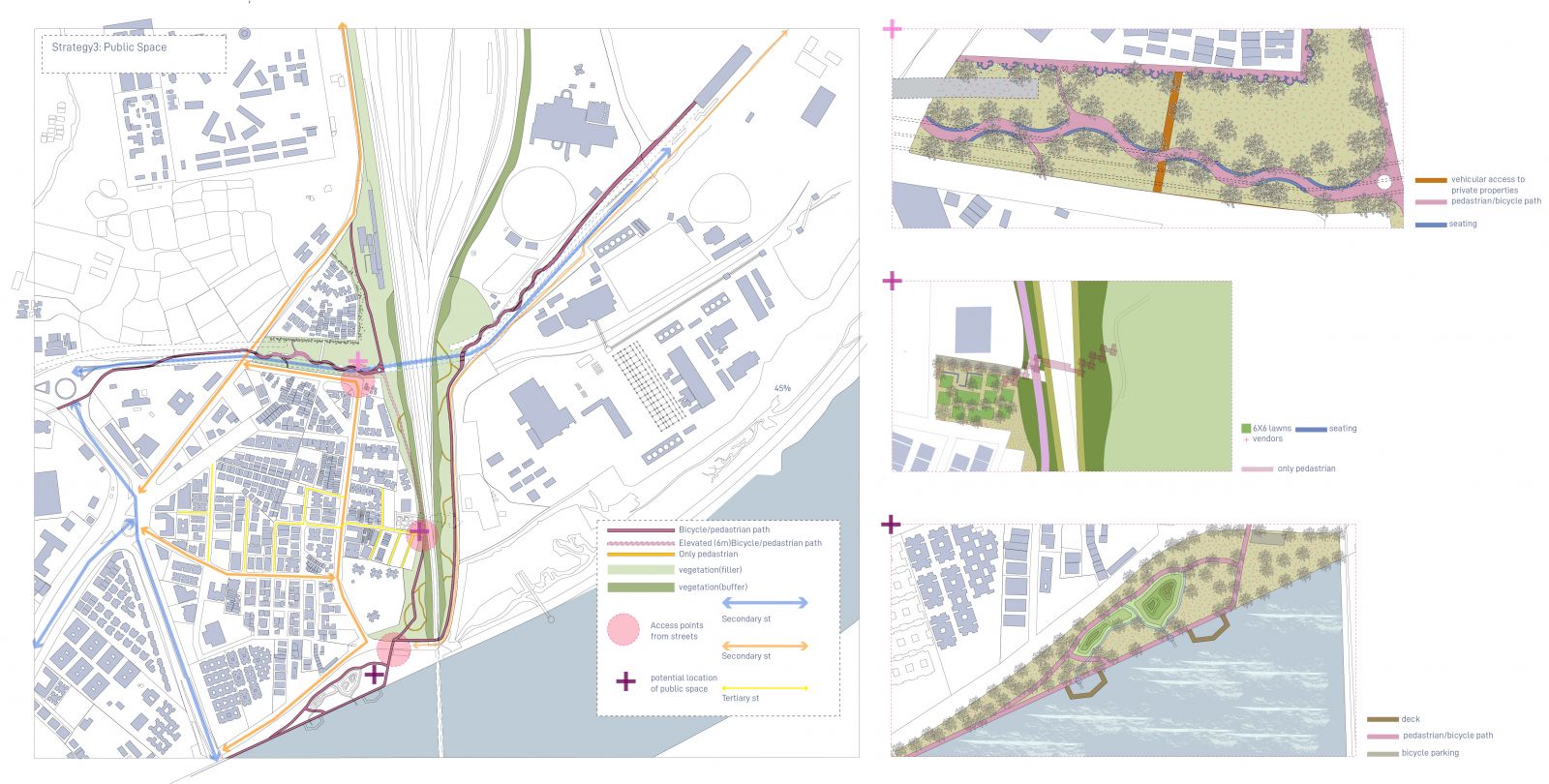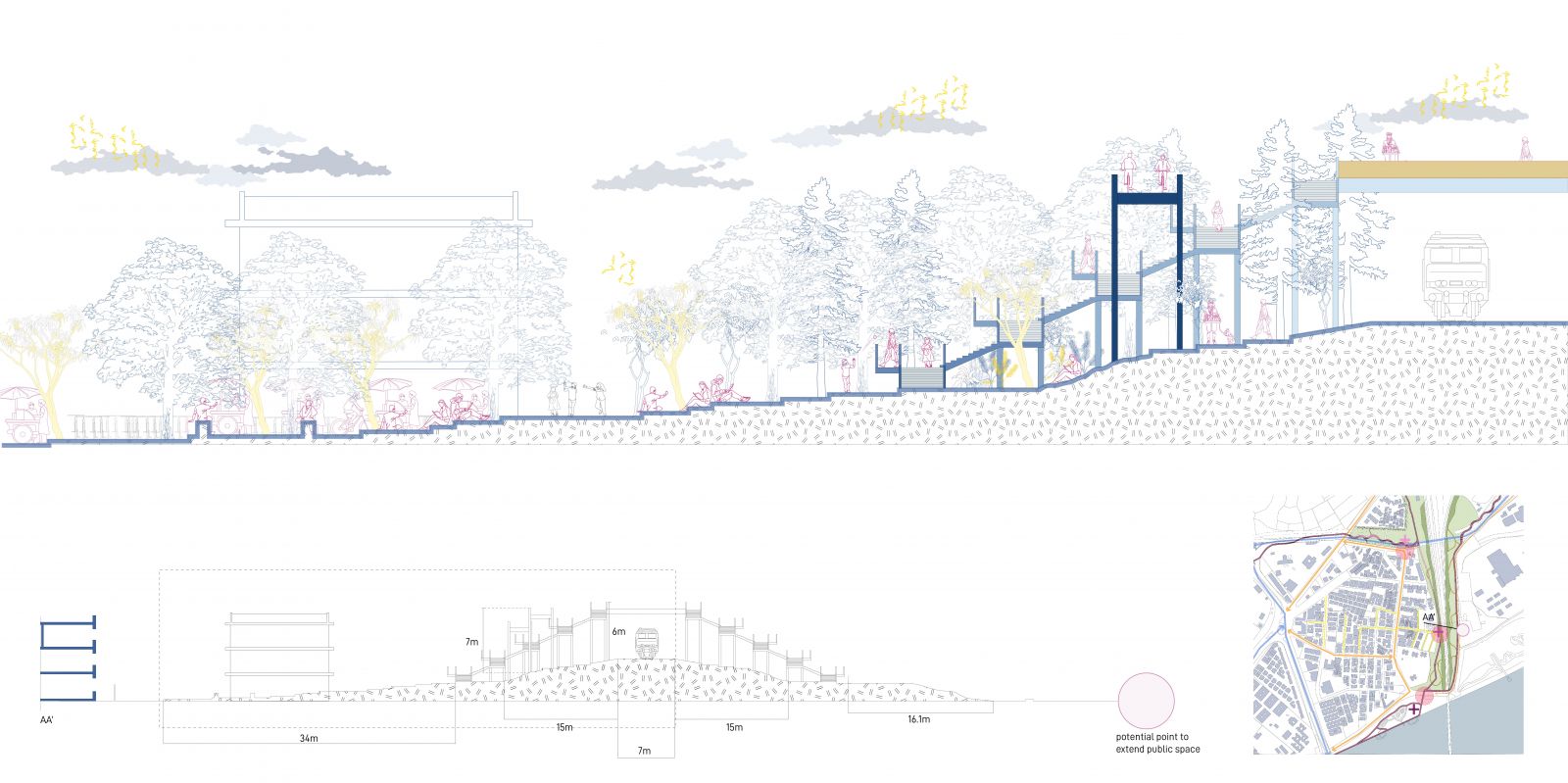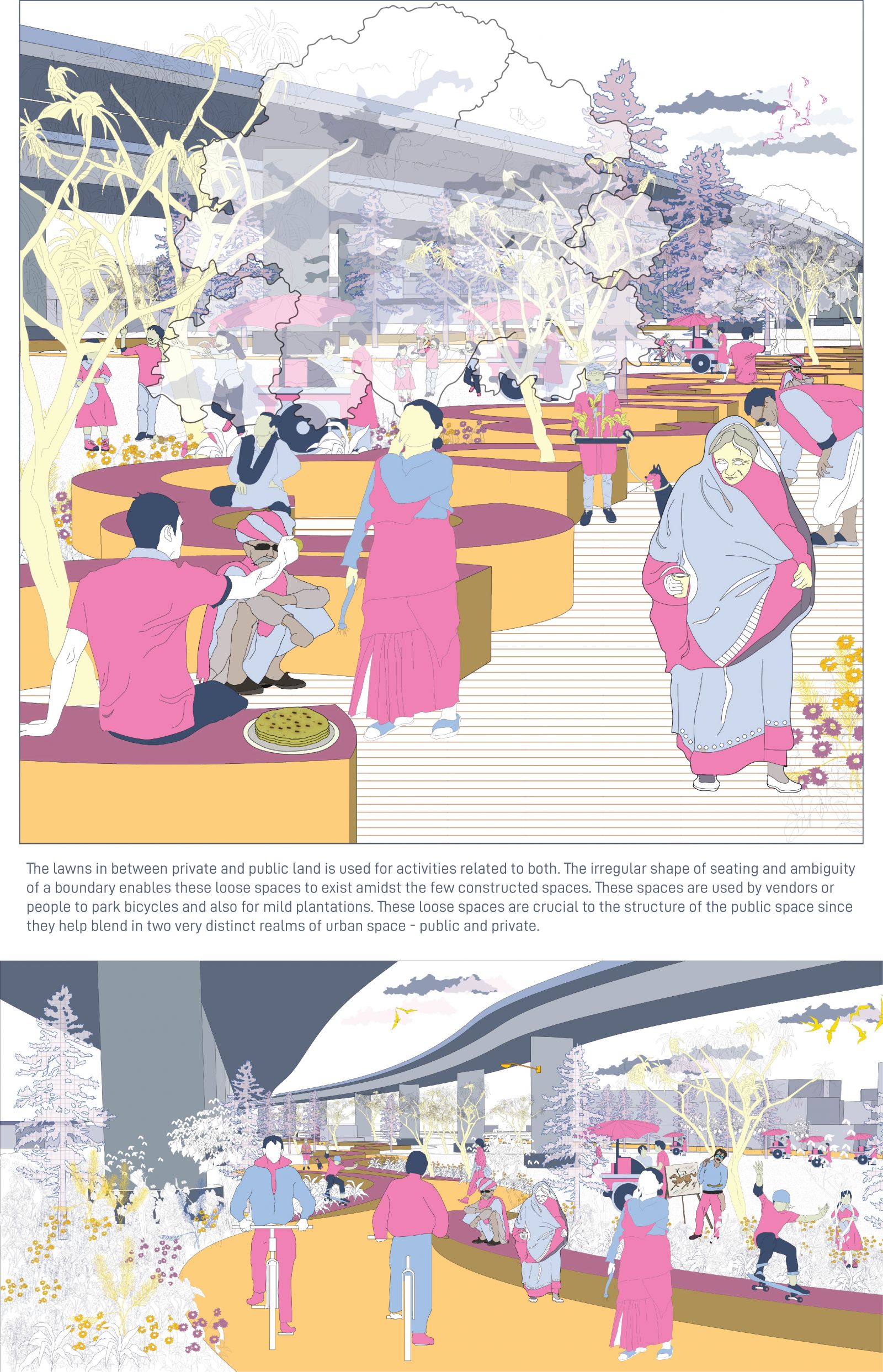Your browser is out-of-date!
For a richer surfing experience on our website, please update your browser. Update my browser now!
For a richer surfing experience on our website, please update your browser. Update my browser now!
This project conceptualizes the usage of leftover railway public lands to recharge the degrading environment of the city. This project unifies the infrastructural leftovers into a panorama of environmentally sound landscapes that will readjust the lens of urban development in our cities. Our cities resonate with the ever-increasing burden of expansion entailing global threats of climate change. The attempt to accommodate this expansion has orchestrated the political and economic structure of our cities into an elaborate diegesis of dismissive capitalism, the reflection of which is pronounced on our natural landscapes quite literally. Vacancy in every form is cashed into profits of parochial businesses, unmindful of the disturbed environmental footprint which persists longer. However, this profound affirmation of economic gains of both the government and the people can mate with environmental sensitivity to rebuild a narrative of sustainable development in the long run.
